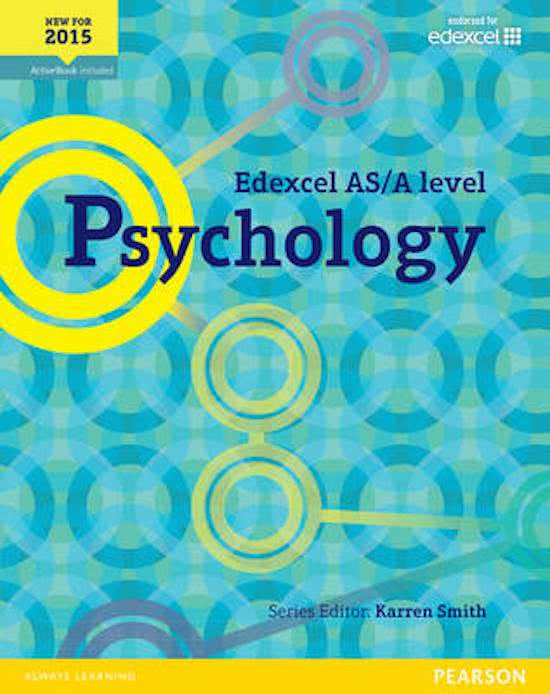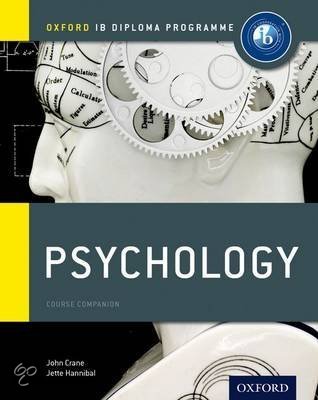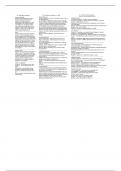PEARSON (PEARSON) • Psychology 2015
Latest uploads for Psychology 2015 at PEARSON (PEARSON). Looking for Psychology 2015 notes at PEARSON (PEARSON)? We have lots of notes, study guides and revision notes available for Psychology 2015 at PEARSON (PEARSON).
-
475
-
31
-
59
Modules Psychology 2015 at PEARSON (PEARSON)
Notes available for the following courses of Psychology 2015 at PEARSON (PEARSON)
- Unit 7 - Child psychology PSYCHOLOGY Unit 3 IAL A2 6
- Unit 8 - Health psychology 9
- Unit 9 - Psychological skills 37
- Unit 1 1
- Unit 1 - Social psychology Psych 76
- Unit 2 - Cognitive psychology 9PSO-01 86
- Unit 3 - Biological psychology 9PSO-01 57
- Unit 4 - Learning theories 9PSO-01 55
- Unit 5 - Clinical psychology 9PSO-02 78
- Unit 5 and Unit 6 1
- Unit 6 - Criminological psychology PSYCHOLOGY Unit 3 IAL A2 38
Popular books PEARSON (PEARSON) • Psychology 2015

Cara Flanagan, Rob Liddle • ISBN 9781911208600

Arundhati Roy • ISBN 9780006550686

Susan Harty, James Bailey • ISBN 9781447982463

Cara Flanagan, Julia Russell • ISBN 9781398379428

John Crane, Jette Hannibal • ISBN 9780198389958

Christine Brain, Karren Smith • ISBN 9781846902611
Latest notes & summaries PEARSON (PEARSON) • Psychology 2015
This document has the aims, procedure, findings and conclusions of the classical study and contemporary study for learning theories as well as evaluation points which can be used in explain and evaluate type questions. the classic study being Watson and Rayner (1920) Little Albert: Conditioned emotional reactions, and contemporary study being Becker et al. (2002) Eating behaviours and attitudes following prolonged exposure to television among ethnic Fijian adolescent girls.
For methodology in Learning theories, it has summaries of different types of observations, animal ethics and statistical test called chi-squared, all have a summary of evaluation points.
Has all the content of a level edexcel psychology of learning theories summaries with detailed points and evaluation points, such as skinner's rats experiment, classical conditioning, operant learning, social learning, systematic desensitisation and flooding.
Presents the practical investigation for biological psychology in a clear layout of aim, hypothesis and evaluations. The practical investigation that is spoke about is aimed to investigate if there is a gender difference between physical aggression and whether it correlates with finger length.
This document has information and a clear layout on what to include when asked to answer the biological key question "How effective is drug therapy for treating addictions? For example, methadone to treat heroin addiction."
In edexcel as/a level biological psychology, we look at the classical study of Raine et al. (1997) who wanted to see whether there was different brain functioning in a group of murderers compared to a control group of participants. This document also contains the contemporary study of Li et al. (2013) Abnormal function of the posterior cingulate cortex in heroin addicted users during resting-state and drug-cue stimulation task. Both studies are clearly laid out with the aims, procedure and findi...
summary notes for the first topic on unit 3 btec psychology
Contains methodology on correlation, Brain scans such as PET scans, MRI scans and CAT scans and statistical tests such as spearman's rho test. Methods for edexcel biological psychology also requires to know case studies of adoption studies and twin studies such as Gottesman and shields 1966 twin studies and schizophrenia and Heston 1966 adoption study linking to human behaviours such as schizophrenia.
This document has all the topics needed to be covered for as level and a level edexcel psychology paper 1, such as the central nervous system (CNS) and neurotransmitters in human behaviour, recreational drugs and evolution. It has both Ao1 and Ao3 points for describe, evaluate and assess questions.
This contains the aim, methods , strengths and improvements for the cognitive practical investigation, however it doesn't contain the results. The practical investigates the effects of acoustically similar words on the short term memory, in order to see if STM uses acoustic coding.










